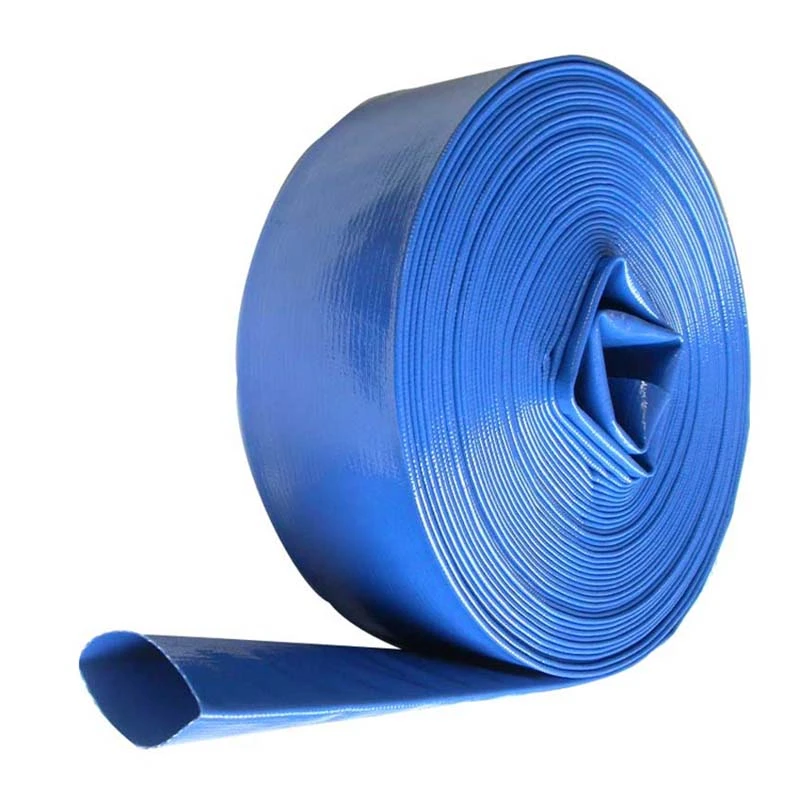orange lpg gas hose
Understanding Orange LPG Gas Hoses Safety, Quality, and Applications
When it comes to dealing with liquefied petroleum gas (LPG), one of the essential components is the gas hose. The design, material, and color of gas hoses can significantly affect safety and functionality. Orange LPG gas hoses have gained popularity in various sectors due to their visibility and adherence to safety standards. This article delves into what makes orange LPG gas hoses a go-to choice for many applications, focusing on their features, benefits, and correct usage.
Characteristics of Orange LPG Gas Hoses
Orange LPG gas hoses are specifically designed for transporting liquefied petroleum gas safely. One of the first distinguishing features of these hoses is their color. The vibrant orange hue allows for easy identification, reducing the chances of accidental misuse. It serves as a visual warning, reminding users that these hoses carry flammable gas and must be handled with care.
Typically made from durable synthetic materials such as rubber or thermoplastic, orange LPG gas hoses are engineered to withstand high pressures and various environmental conditions. They are resistant to abrasion, oils, and UV radiation, ensuring longevity. The inner layer is constructed to resist permeation, thereby preventing gas leaks, which is crucial for safety.
Safety Standards and Certifications
Safety is paramount when dealing with LPG. Orange gas hoses comply with various international and regional safety standards. In many countries, these hoses must meet the requirements set by organizations like the American National Standards Institute (ANSI) and the National Fire Protection Association (NFPA). Compliance with these standards ensures that the hoses can safely transport high-pressure LPG and withstand the rigors of daily use.
In addition, many orange LPG gas hoses come with built-in safety features, such as anti-static properties that help neutralize static electricity buildup. This feature is essential in preventing fires or explosions, especially in environments where there are ignition sources.
orange lpg gas hose

Applications of Orange LPG Gas Hoses
The versatility of orange LPG gas hoses means they are used across various industries. One of the most common applications is in residential settings, such as connecting LPG cylinders to gas stoves or heaters. The visibility of the orange hose also makes it easier for homeowners to identify gas lines, contributing to safer home environments.
In commercial settings, orange LPG gas hoses are found in kitchens of restaurants and food trucks where LPG is used for cooking. They are also prevalent in industrial applications, such as welding and metal fabrication, where LPG is utilized as a fuel source. The construction industry frequently employs orange LPG gas hoses to power equipment and tools, making them indispensable for various construction activities.
Maintenance and Best Practices
To ensure the longevity and safety of orange LPG gas hoses, it is crucial to adhere to proper maintenance practices. Inspect the hoses regularly for signs of wear, such as cracks, bulges, or kinks. Any damaged hoses should be replaced immediately to prevent leaks.
Furthermore, storing these hoses in a shaded environment can extend their life by preventing deterioration from UV rays. Always follow manufacturer guidelines for installation and usage, and when in doubt, consult with a professional to ensure safety standards are met.
Conclusion
Orange LPG gas hoses offer a combination of safety, visibility, and versatility that makes them an excellent choice for various applications. Their adherence to strict safety standards and resilience under pressure assure users of their reliability. Whether used in homes, commercial kitchens, or industrial settings, these hoses play a critical role in safely transporting LPG. By following best practices for maintenance and usage, one can ensure that these essential components continue to perform effectively, contributing to a safer environment for all.
-
Welded Wire Mesh Panel: Durable, Versatile, and AffordableNewsJul.28,2025
-
Top Quality Oxy Acetylene Hoses for Sale Fit for Welding DemandsNewsJul.28,2025
-
The Future of Pneumatic Air Tubes in IndustryNewsJul.28,2025
-
Superior and Reliable LPG Hose Pipe Solutions for Every NeedNewsJul.28,2025
-
Exceptionally Durable and Versatile Premium Braided PVC TubingNewsJul.28,2025
-
Best Adapters for Connecting Garden Hose to PVC Pipe ConnectionsNewsJul.28,2025














